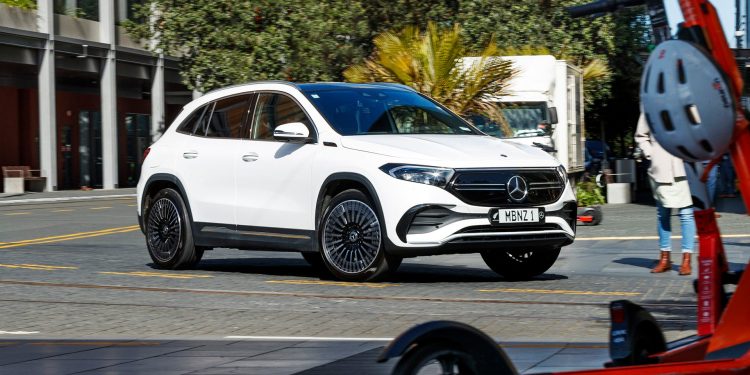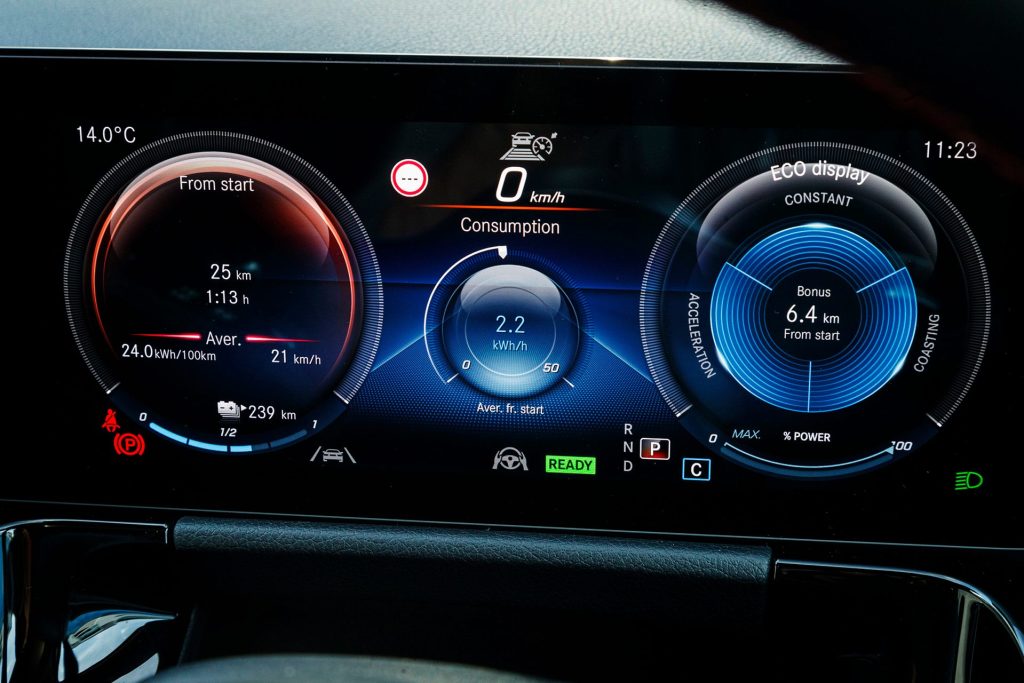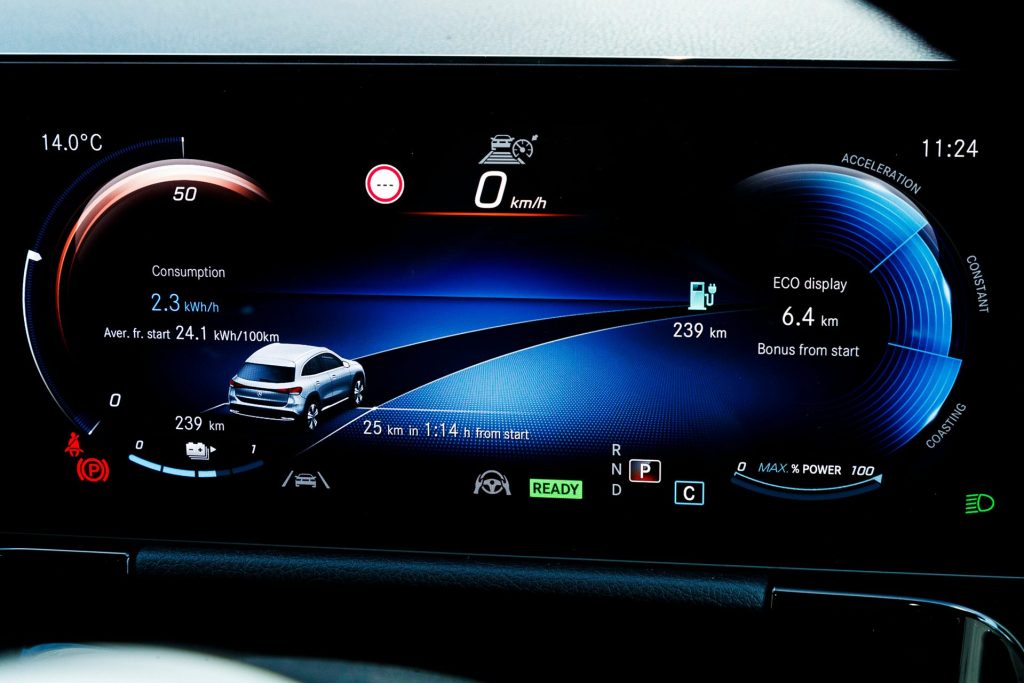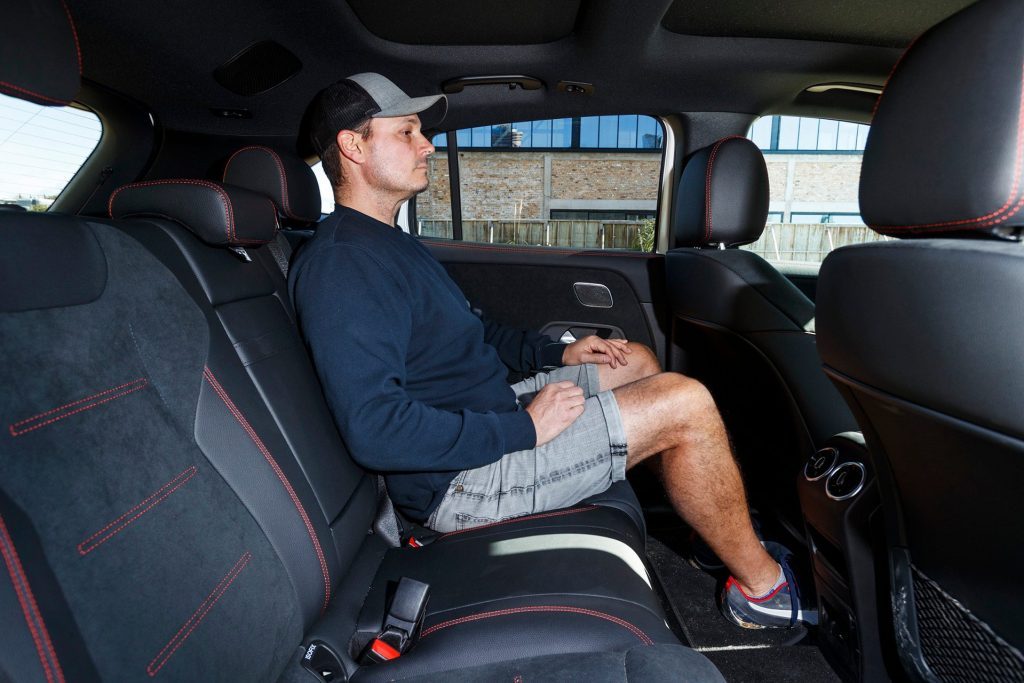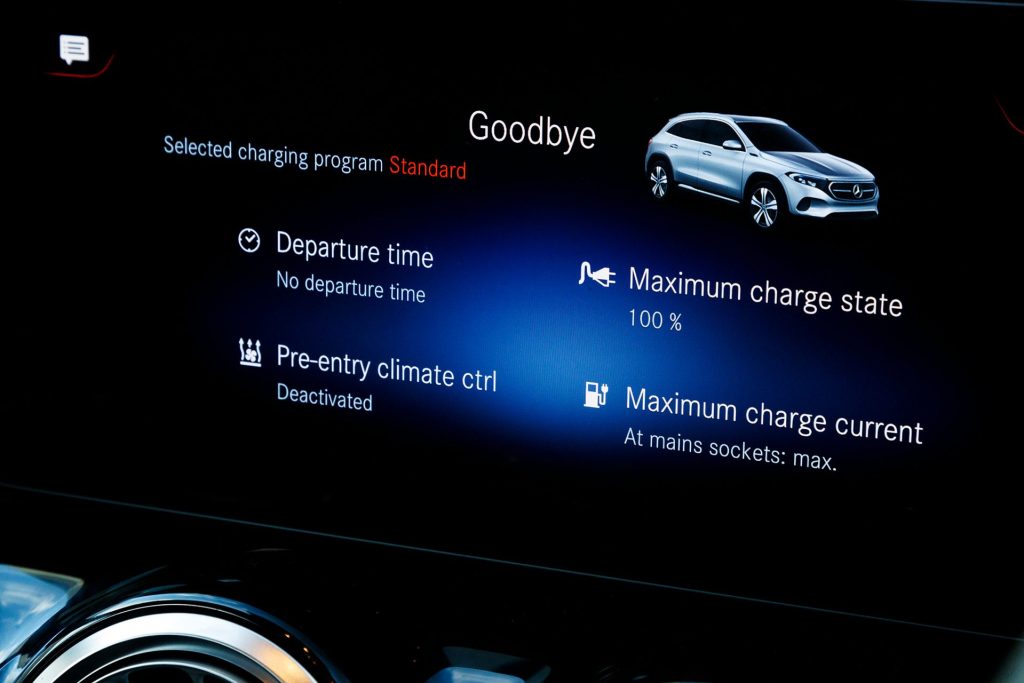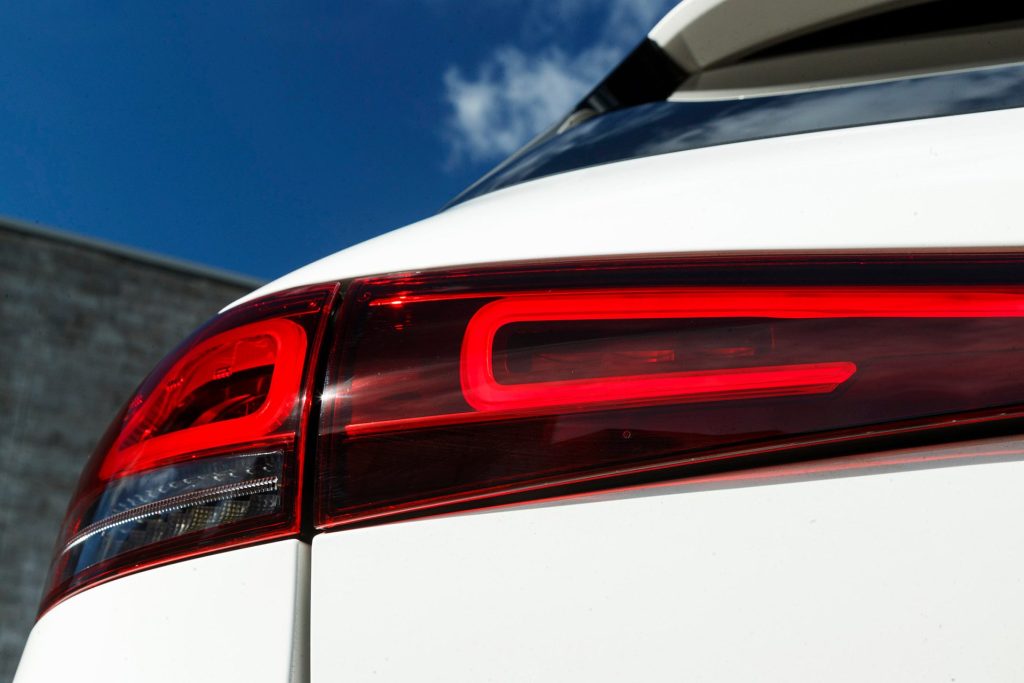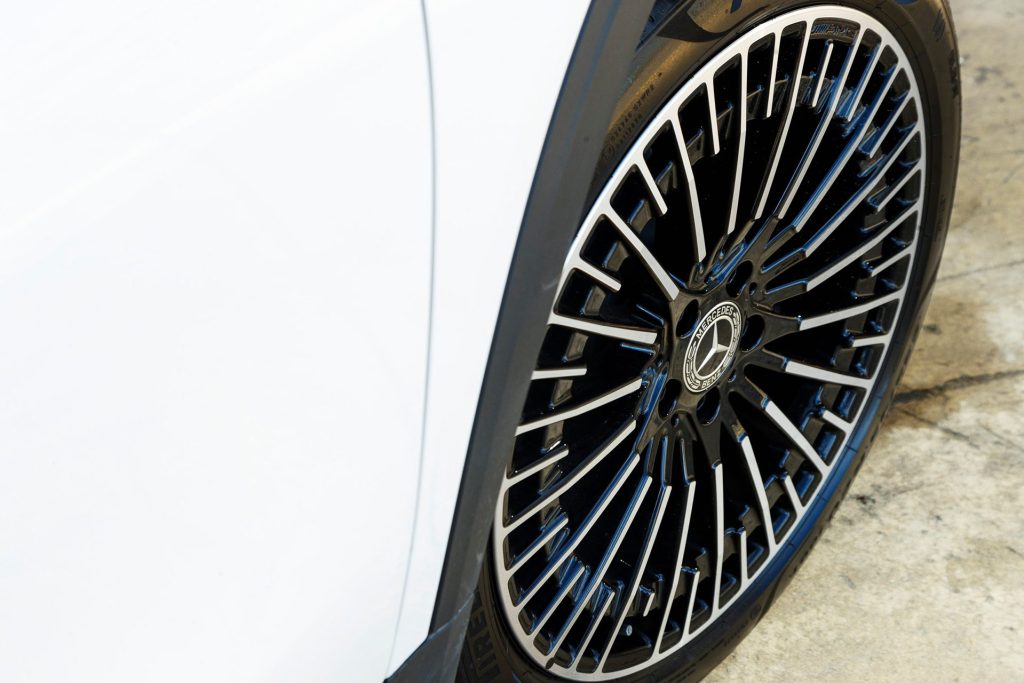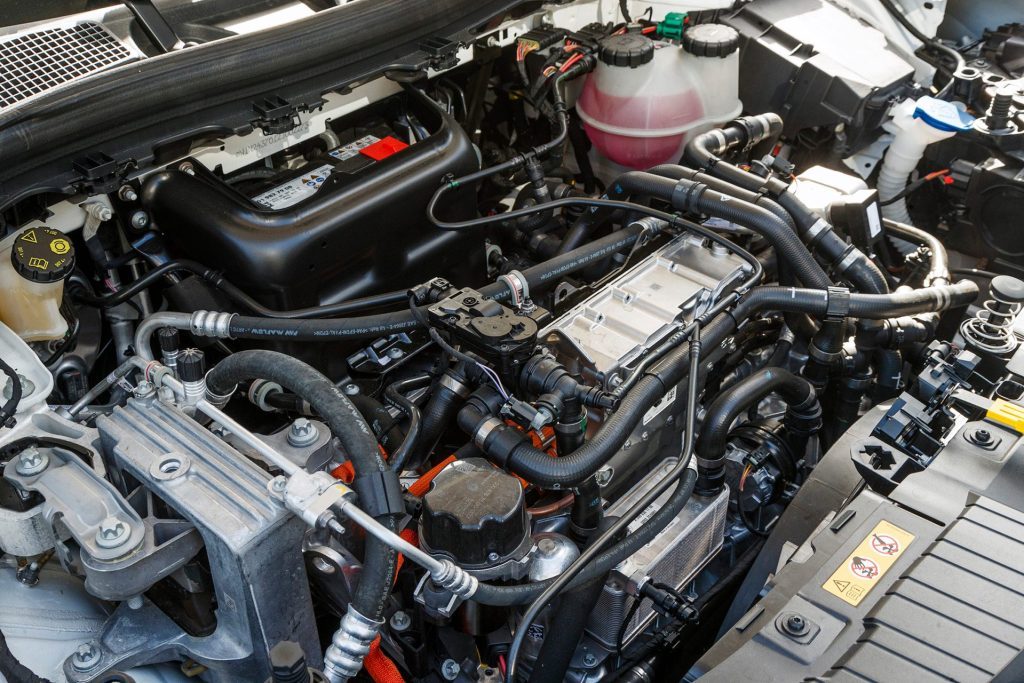2021 Mercedes-Benz EQA 250 review
Words: Kyle Cassidy | Photos: Tom Gasnier
Mercedes-Benz introduces its entry-level electric offering in the EQA. Is it time to crossover?
The big electric push at Mercedes-Benz is slowly gathering pace here with its second arrival in the EQA. Available initially in the entry-level 250 guise (a more powerful twin-motor 350 arrives later in the year), it starts at $85,500, so just misses out on the Clean Car rebate. But then buyers will likely splash out on a few options, like the $7300 Edition One pack, while most will splurge on the $2950 AMG Line package to enhance the look inside and out. With three option packs loaded, our tester was $93k, before on roads. And only black and white paint come gratis; more lively hues are a $1490 extra.
Securing one might be difficult too. There are two factories making the EQA, one in Germany and another in China, while the battery comes out of a single plant in Poland. In Europe alone they say the order bank is over 20,000 already.
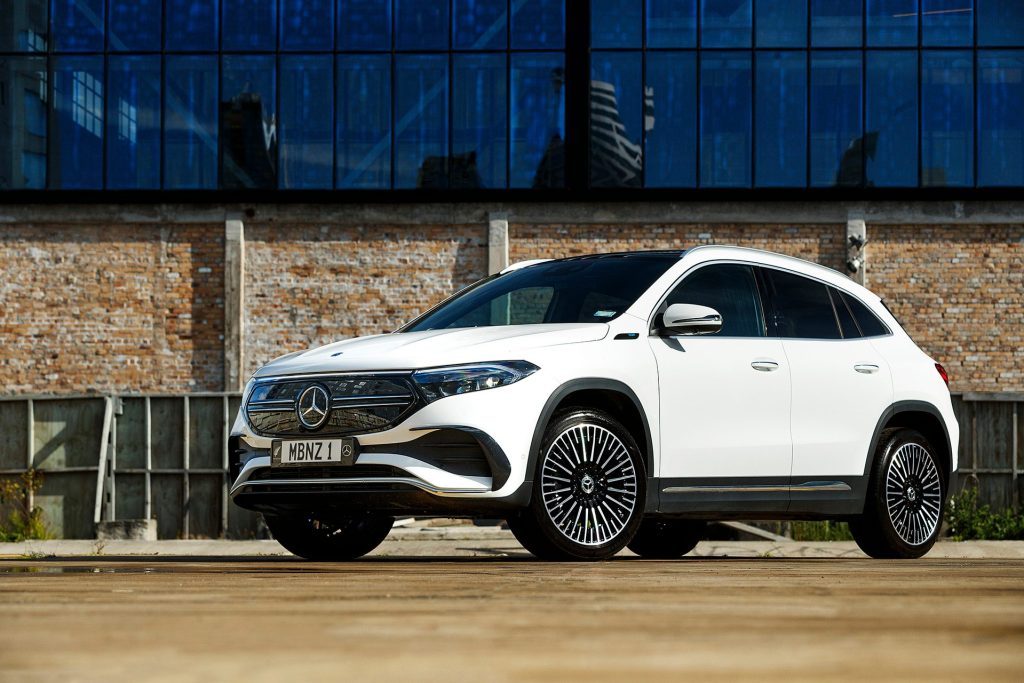
The EQA is Merc’s compact electric model and is based on the GLA. The EQ styling is termed ‘Progressive Luxury’ and for the A this means new front and rear ends with a ‘smooth’ looking treatment and a continuous lighting strip between the main lamps at both ends. Merc has also added well disguised air calmers in key areas to let this slip through the air more effectively.
Powering the EQA 250 is a single asynchronous 140kW/375Nm motor up front, packaged under the bonnet along with the single-speed trans, differential, cooling system and the power electronics. The lithium-ion battery sits under the cabin floor with a net capacity of 66.5kWh. Its on-board charger is rated at 11kW for faster AC/wallbox-type juicing which they say would add around 50km of range per hour. On DC, it can take up to 100kW which could charge it from 10 to 80 per cent in 30 minutes. We hooked it to a 50kW machine and got 100 kays in 30 minutes (39 to 65 per cent refilled).
The quoted energy consumption is 16.2kWh/100km and the listed range figure suggests as much as 480km is possible. Think of that as an absolute best-case scenario however. Given the available energy content of the battery, something between 330 to 415km would seem more accurate on the consumption figures we saw which ranged between 16 and 20kWh/100km. Throwing another variable into the mix, most of our driving was in cold(ish) weather – you’ll likely get more miles in summer time, such are the nuances of EVs.
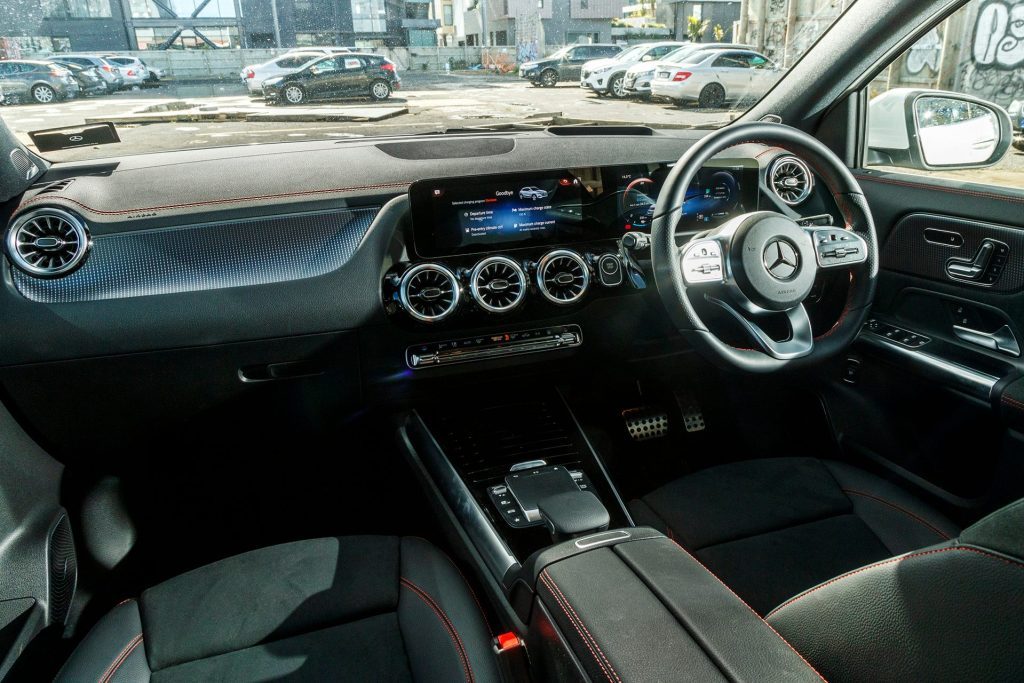
In the infotainment system there is an EQ-specific menu where you can programme your charge timing (to make best use of off-peak power), and set the current limit (as in how many amps) at the socket to help manage the electrical load on your house. You can also set a departure time to have the cabin ‘pre-conditioned’ so it will be cooled/warmed, ready to go, using the mains power to do so. It’s worth doing as the standard heat pump and AC unit do draw a decent load from the battery pack and are more efficient at maintaining a temperature rather than working hard to raise or lower the climate of the cabin.
The navigation includes ‘Electric Intelligence’ which, along with trying to calculate the most efficient route, can also pre-condition the battery before you arrive at the fast charger it’s guiding you to. This means the battery will be at optimum temperature to allow for a faster recharge. Otherwise, the initial energy of the charge will be spent getting the battery to that optimum temperature.
The controls are straightforward, just like a GLA then, but the displays relay more driving info with a watt-meter (tachos are now on the endangered list) and gauges for electrical consumption and energy flows. Other readouts keep tabs on your economic (or not) driving in terms of acceleration and coasting. Initially, you’ll probably monitor these constantly but you’ll quickly realise you have more than enough energy to achieve 99 per cent of your daily driving.
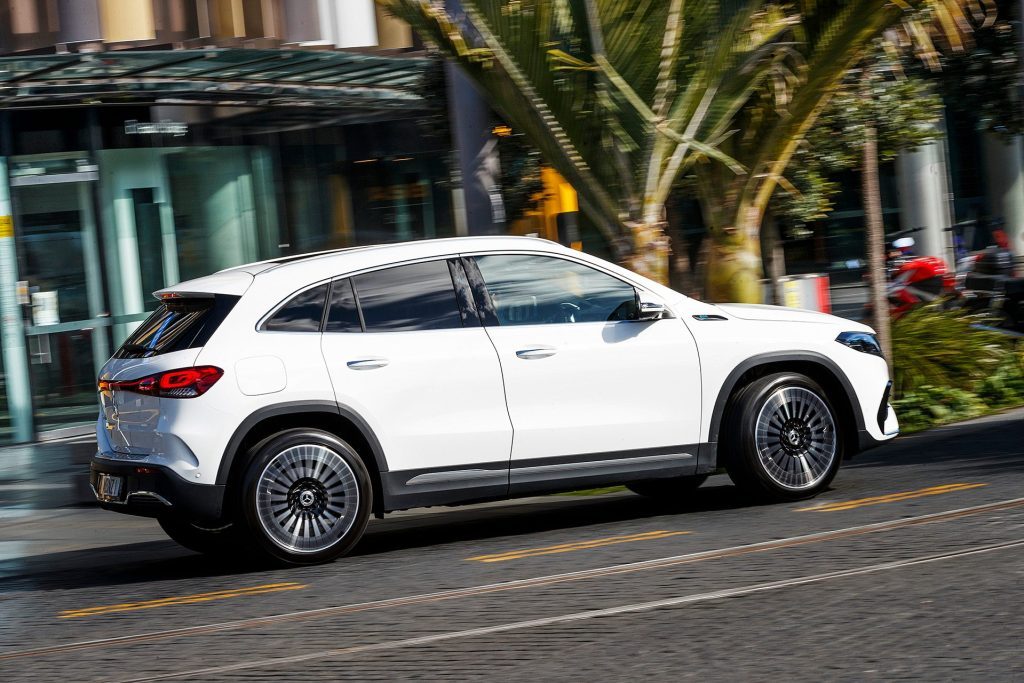
Something you might fiddle with is the regenerative braking strategy. Merc uses the steering wheel paddles to add or remove the regenerative effect of the electric motor (which effectively becomes an alternator on ‘overrun’, converting the mechanical energy of the turning wheels into alternating current). Flap the minus paddle and it adds braking while the plus paddle decreases it to enjoy the benefits of coasting. Sounds too much like hard work? Merc also has an Auto mode which uses the on-board sensors to manage the regen. For instance, the vehicle can detect it’s heading down hill and will use the regen to keep below the proscribed limit (using traffic sign recognition). It can use the radar sensor to monitor traffic flows ahead and will alternate between coasting and regen to keep flow with the traffic. It’s fairly good but you are ultimately responsible for the braking. It’s not like active cruise in this regard. When slowing on regen, there is a noticeable transition to the mechanical friction brakes if you do have to push the pedal, which can make stopping a less than smooth affair.
Being GLA-based, there are a few harder plastics in the cabin but the vibrant 10-inch screens and ambient lighting help avert your attention. This has the usuals like the MBUX voice assistance and mucho active safety. The cruise aces traffic, the system being much smarter than most others, though the active lane keeping, with its abrupt braking to bring you back on line, still annoys. The wing mirrors are smaller than ideal, but an excellent camera with backing guides and an overhead view ease parking.
This is a favourably sized compact SUV, with enough space to see four adults ensconced comfortably, entry made easy by generous doors and high-set seating. The boot is okay too, though down on space compared with the conventional GLAs at 340 vs 435L, the battery occupying the underfloor storage, and there’s no spare wheel. It does have a split folding rear seat and can even tow a modest 750kg.
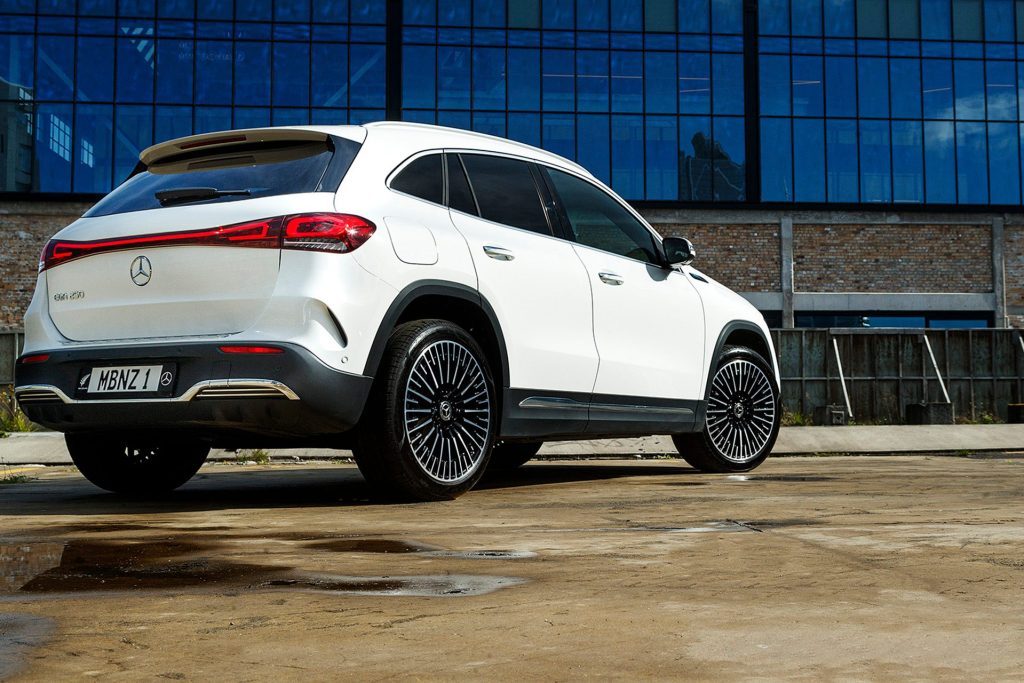
NZ-spec EQAs roll with variable dampers and you’ll likely leave the drive mode in Comfort, where the ride works best. Sport adds undesirable stiffness and the large 20s tend to crash over the sharp edges. If you can be bothered, configure the Individual drive setting to amp up the power delivery but leave the suspenders in Comfort.
Despite it’s porky kerb weight, the abundant torque moves this along briskly, while there’s a noticeable escalation of oomph when selecting Sport mode, but also a hint more torque steer. And on a damp track, it’s a stern test for the traction control. The driveline is smooth and quiet as you’d expect but other noises become more apparent, like the friction brakes at slow speeds and the tyre noise on coarse chip seal above 60km/h.
In the bends, the steering is inoffensive but the damping is never quite right while the ESP is an active co-pilot. EQA is really better at a sedate canter, with regen set to max and you can drive solely on the accelerator, lifting off to slow calmly for the bends. It makes for an easy yet oddly engaging type of drive.
One cunning aspect of the EQA is that it’s without the usual hefty electric premium; it’s actually cheaper, yet better specified than the GLA 250, albeit lacking AWD. Avoid any of the options and it’s cheaper even than the top Hyundai Kona EV. As such, it makes for a great buy, if you can secure one.
| Model | Mercedes-Benz EQA 250 |
| Price | $85,500 |
| Motor | single, 140kW/375Nm |
| Battery | 79.8kWh (66.5kWh net) |
| Drivetrain | single-speed auto, FWD |
| Energy Use | 16.2kWh/100km |
| C02 Output | 0g/km |
| 0-100km/h | 8.56sec |
| Weight | 2082kg |


